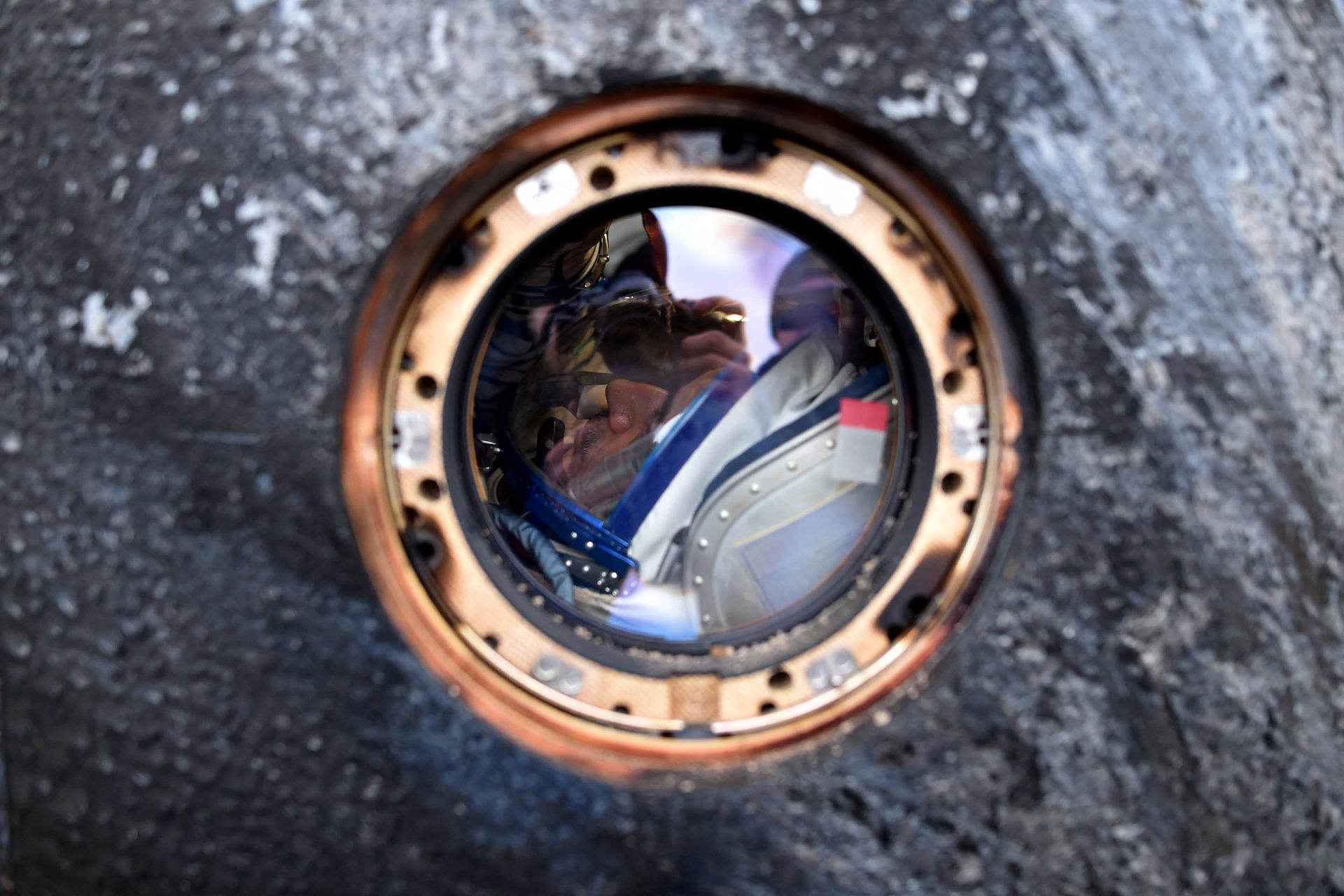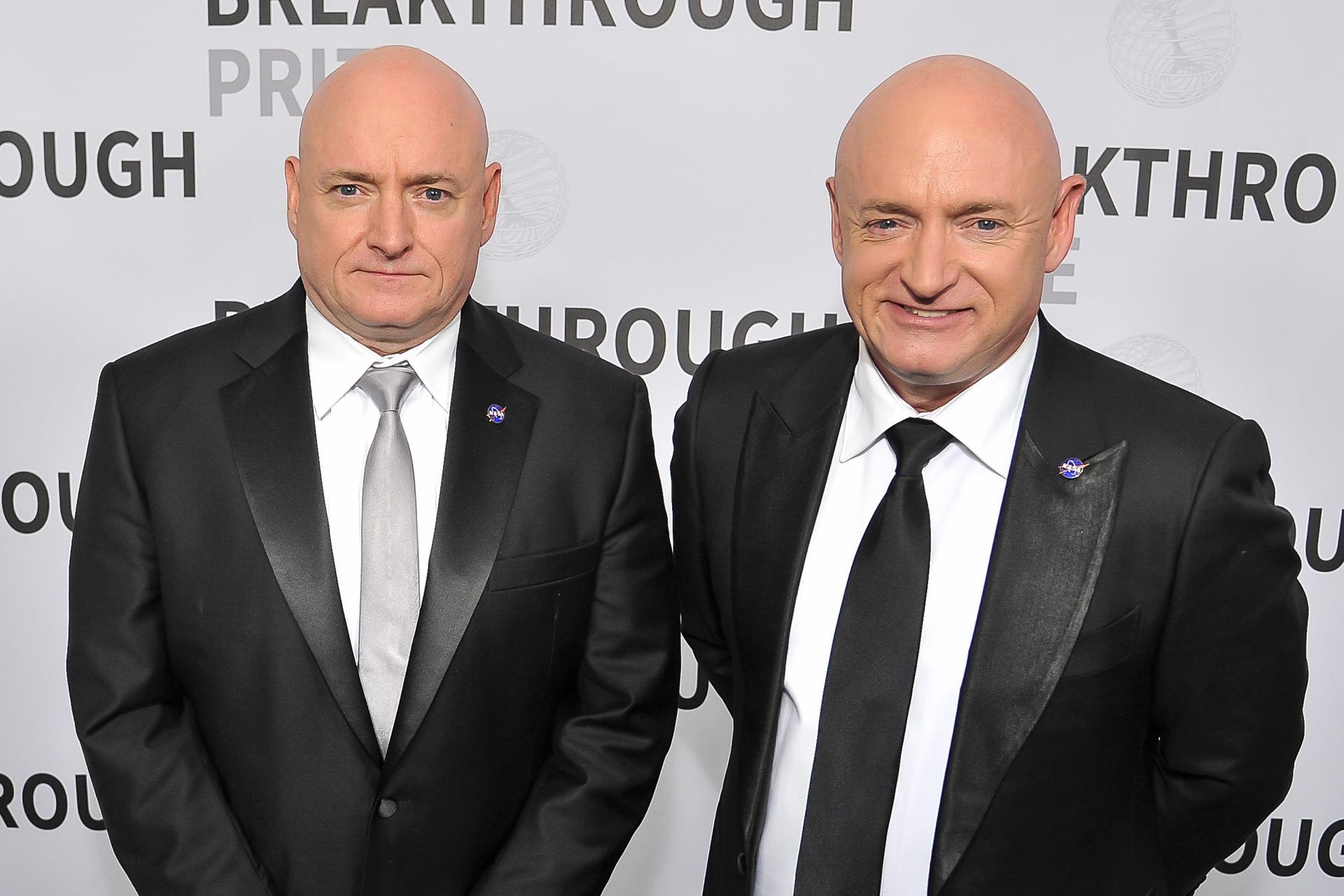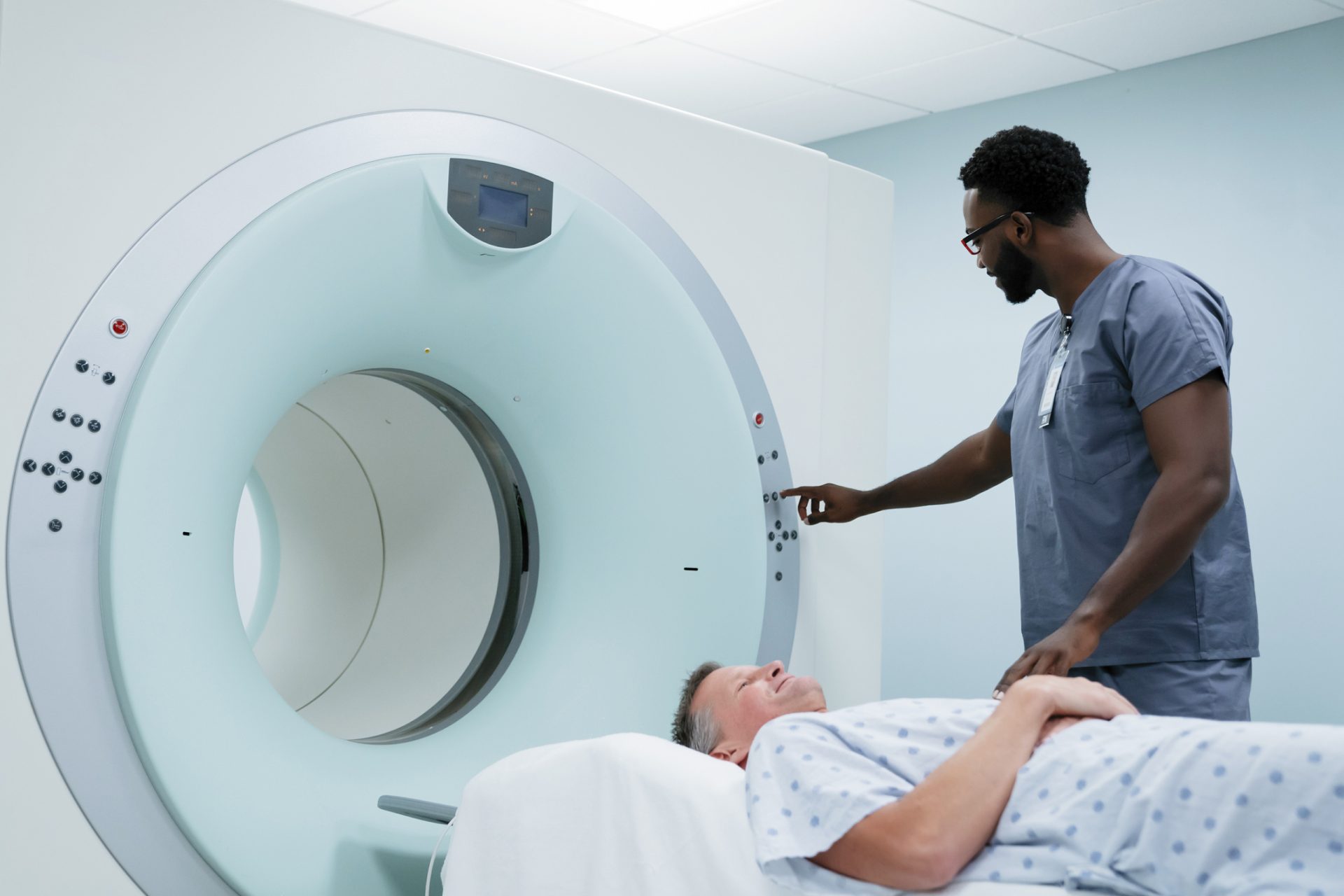How twins helped NASA understand the effects of space on the human body
Since Einstein's twin paradox, the idea of twins and space exploration has been on many people's minds. NASA's twin study is far from Einstein's work, but it helped us understand something practical about space travel: its effect on the body.
NASA qualifies the study as its first leap into the genomics era of space travel. It concentrated on the effects of prolonged space travel.
The subjects of the 2015-2016 study were astronauts Scott and Mark Kelly. The twin brothers had already travelled to the International Space Station on separate occasions.
Scott Kelly spent 340 days on the ISS for the study while his brother Mark remained on Earth. At the time, it was the longest flight ever made by a US astronaut; missions usually lasted about six months.
Image: NASA
The comparative study focused on Scott Kelly's readaptation to Earth's gravity after his long space flight on board the ISS. This process can take up to six months.
Image: NASA
According to NASA's recall of the study, ten teams from around the US participated. The researchers wanted to observe a human's physiological, molecular, and cognitive changes from exposure to long spaceflight.
Image: NASA
According to the agency, the study "provided the most comprehensive and integrated molecular view to date of how a human responds to spaceflight."
Image: NASA
One of the study's most interesting findings was how Scott Kelly's gene expression changed, compared to his brothers, during his time in space.
Image: NASA
The changes were almost insignificant, less than 10%, and most reverted when he returned to Earth. According to NASA, these changes allowed the astronaut's body to adapt to the extreme environment.
Image: NASA
The study yielded beneficial results, not only for space travel but also for medicine. Scott's genetic samples showed many changes expected with long-term stress and aging in our bodies, even on Earth.
It can help us understand how high stress affects us molecularly, as going to space is a very intense experience for the body or how to reverse some diseases related to gene aging.
Image: NASA
The study not only looked at the molecular changes in the astronaut's body. It also discovered that Kelly had lost 7% of his body mass.
Image: NASA
The study required Scott Kelly to draw blood samples before, during, and after his flight on the ISS. His mental alertness, spatial orientation, and emotion recognition were also monitored.
Image: NASA
The study's most important finding was the confirmation that the human body can endure long space flights and adapt to the unwelcoming space environment, demonstrating its resilience.
Image: NASA
Since then, different circumstances have allowed astronauts like Frank Rubio and Mark Vande Hei endure more time in space than Kelly did, providing more data about the effects on the body.
That information and the twin study will be crucial for the future Moon and Mars exploration missions that NASA is already working on.
More for you
Top Stories





























